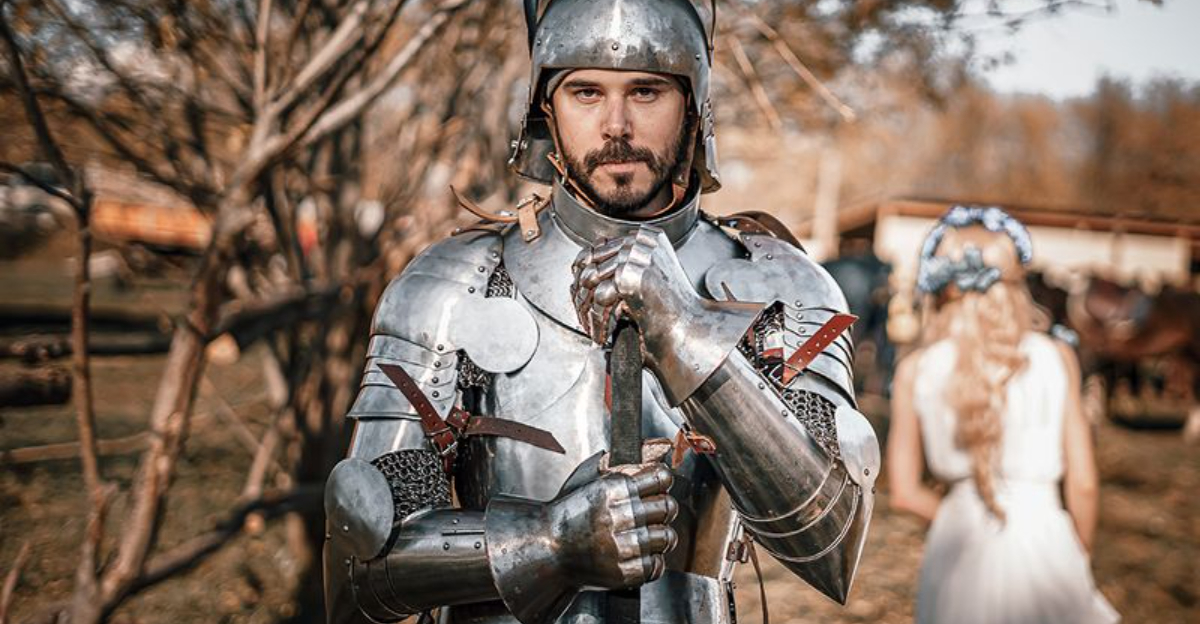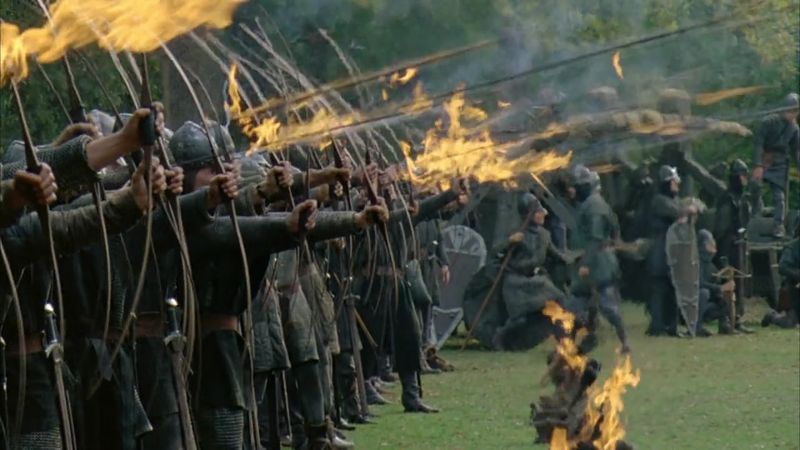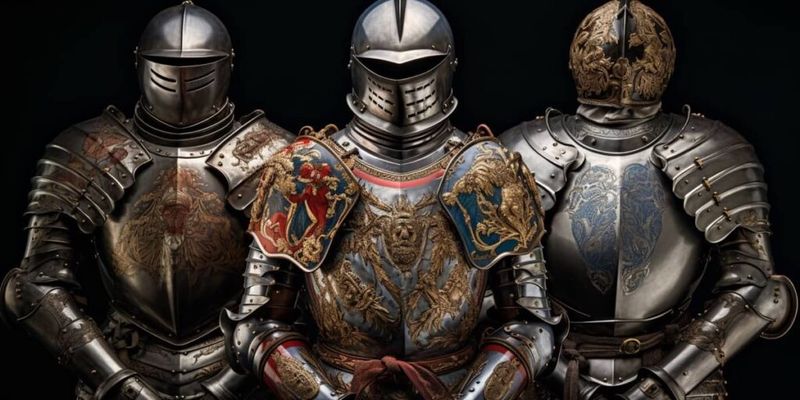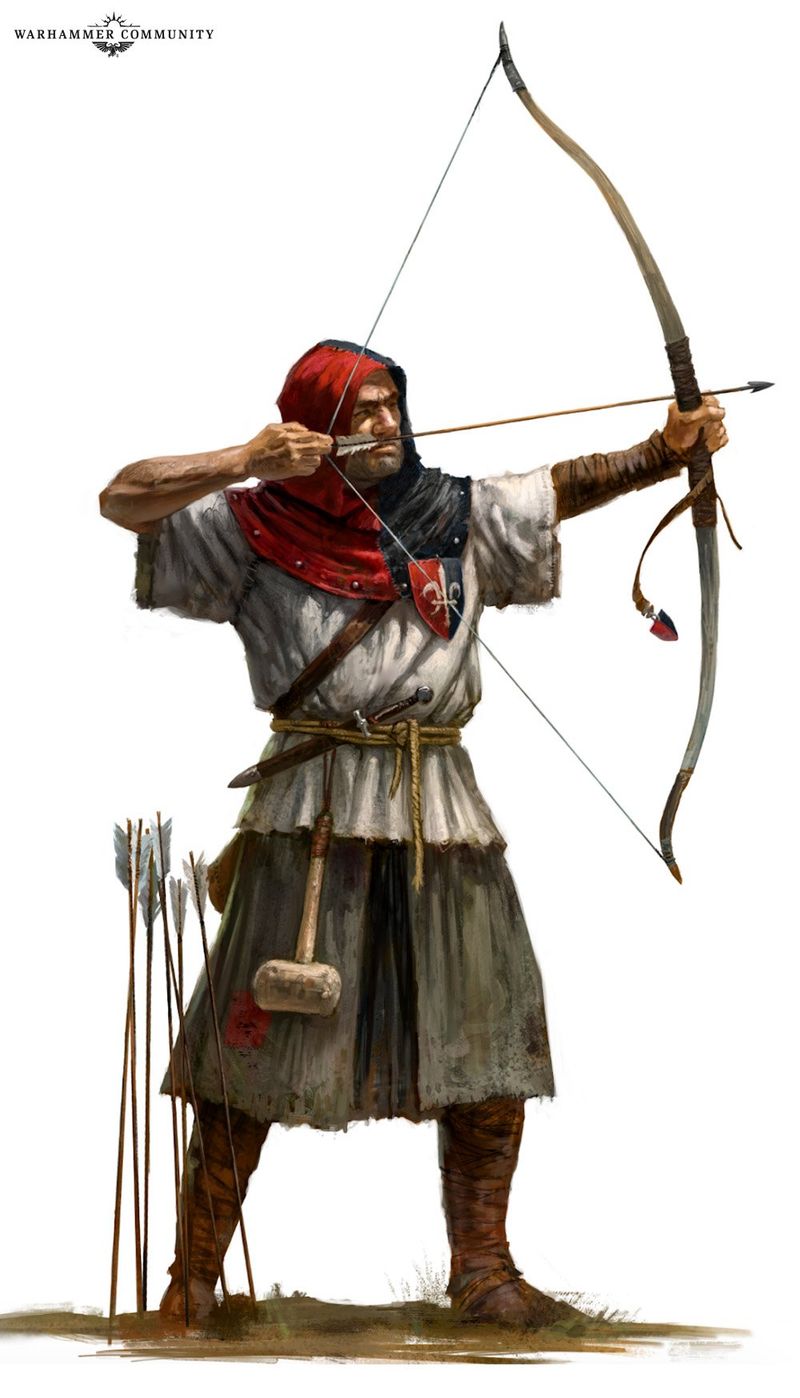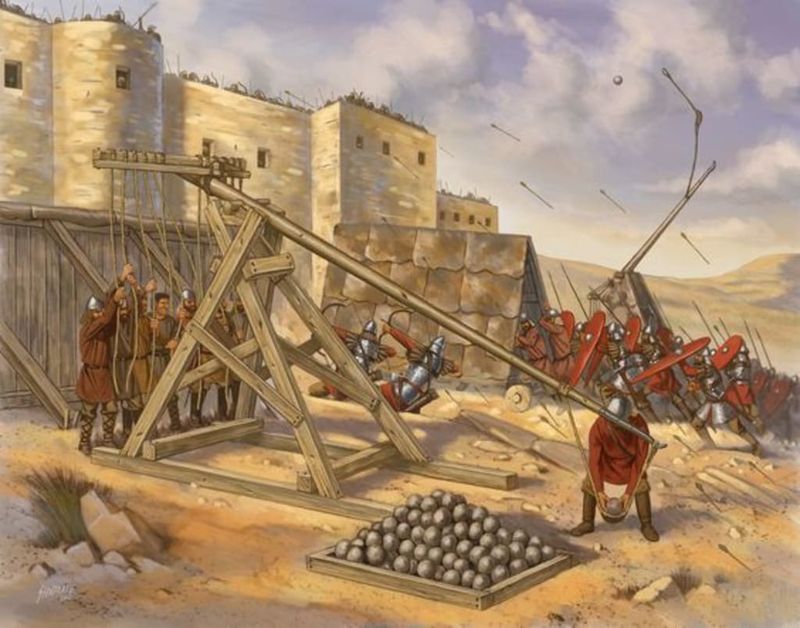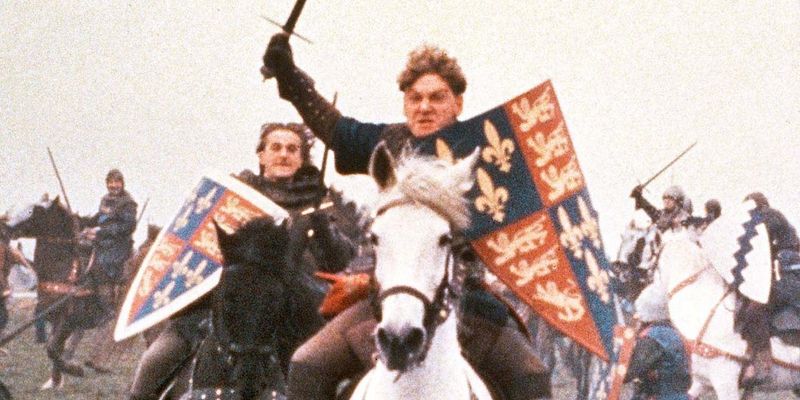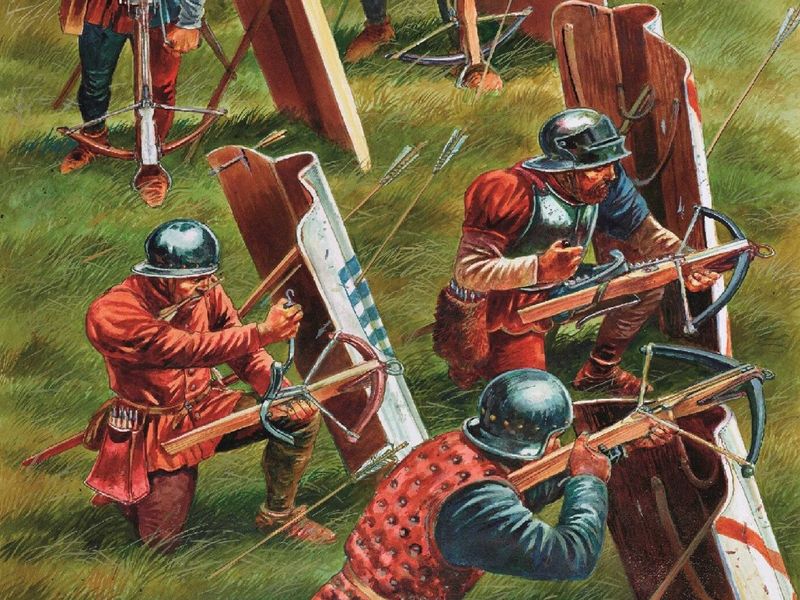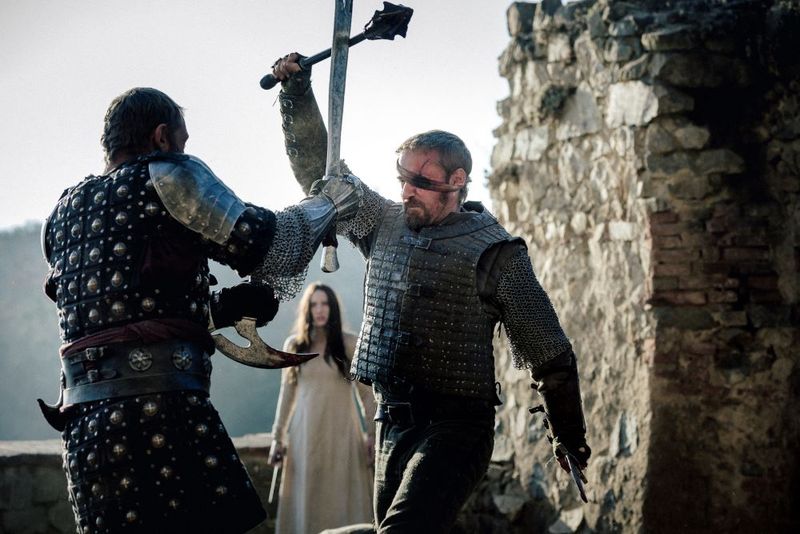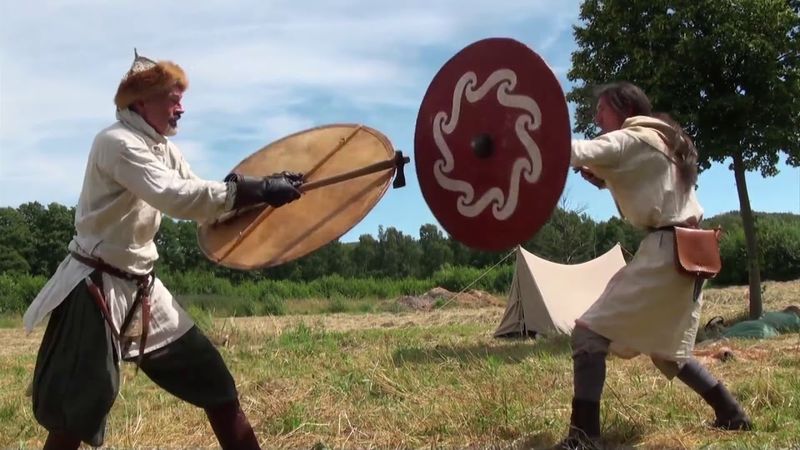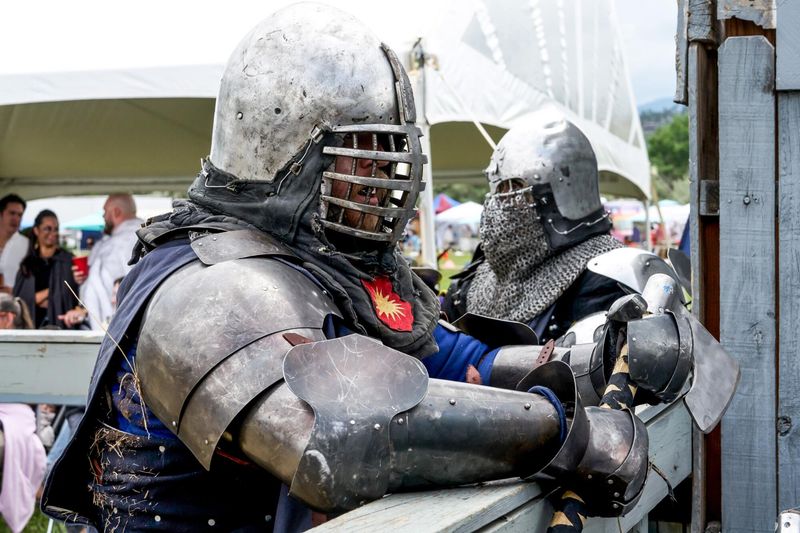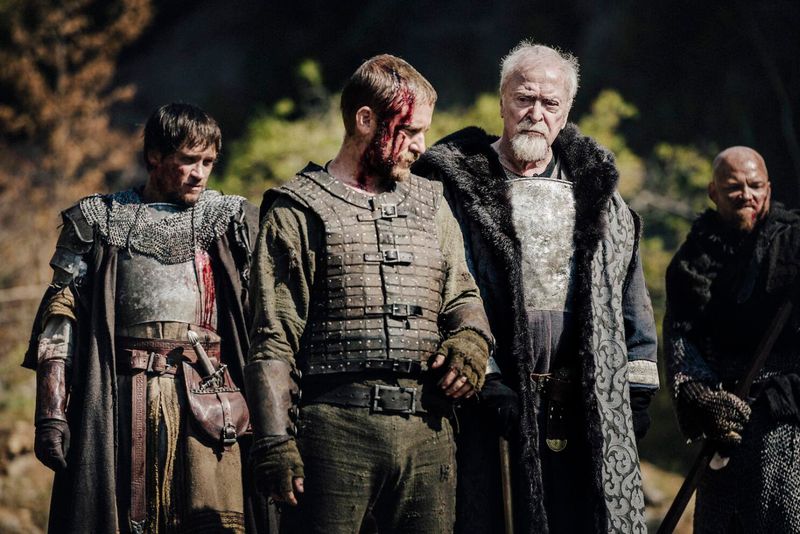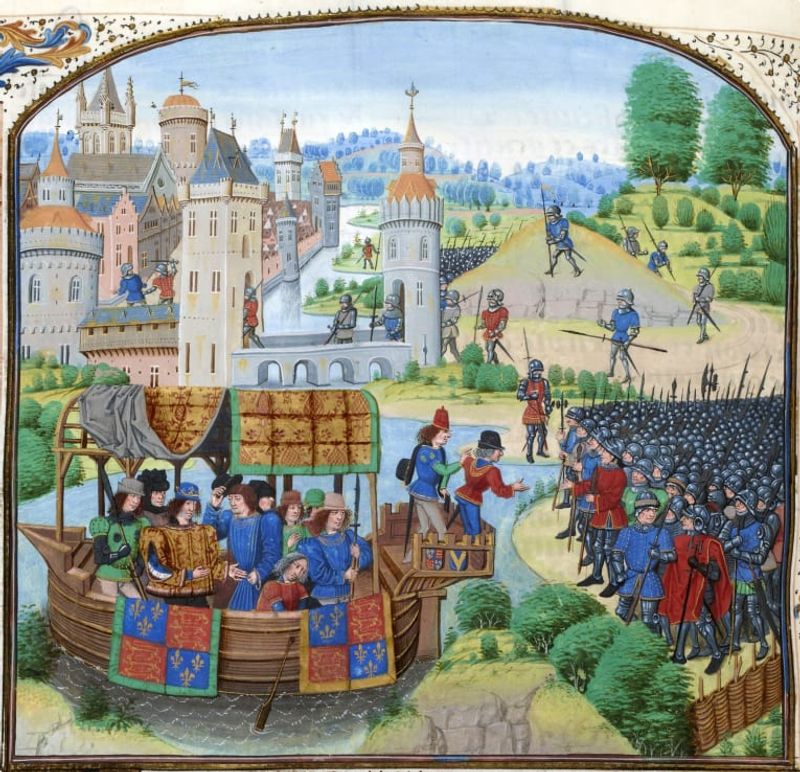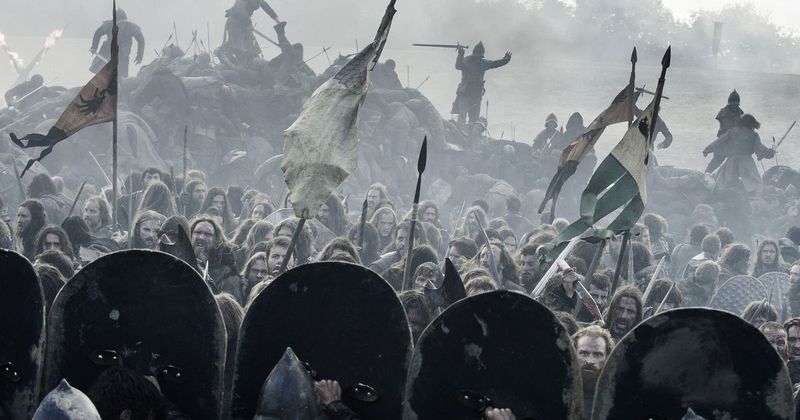From clashing swords to thunderous cavalry charges, Hollywood has brought medieval warfare to life in thrilling detail—but not always with historical accuracy. Over the years, filmmakers have taken major liberties with how battles were fought, how knights lived, and what weapons could actually do. The result? A generation raised on myths that couldn’t stand up to a single real-life joust. Let’s debunk the biggest blunders the movies keep repeating.
1. Knights Could Barely Move in Armor
Contrary to the waddling penguins of film lore, real knights in plate armor had impressive mobility. They could run, climb, and even execute a somersault—not that it was a usual battle move.
The secret lay in the craftsmanship. Properly fitted suits enabled knights to mount horses with ease. Armor was a marvel of medieval engineering, balancing protection with freedom of movement.
Misconceptions abound, but history shows warriors who were anything but clumsy. The myth that armor reduced knights to lumbering giants was far from reality.
2. Flaming Arrows Lit Up Every Siege
Flaming arrows, though cinematic, were rarely effective. Stone castles and damp weather were formidable adversaries.
Fire was chaotic and unpredictable, risky for both friend and foe. Engineers of the time relied on other tactics, such as ladders or siege towers, to breach fortifications.
While visually arresting, the fiery rain of arrows is a Hollywood spectacle, not a historical fact. The drama of flames was more a product of imagination than medieval warfare.
3. Everyone Was Always Fighting in Full Plate Armor
The battlefield, a tapestry of varied armor, paints a different picture than Hollywood’s gleaming knights. Full plate was the privilege of the wealthy, a status symbol as much as protection.
Most soldiers wore chainmail or padded gambesons. The common man might have little more than a sturdy tunic. The diversity of armor reflected social hierarchies and economic realities.
Movies often homogenize this rich tapestry into rows of identical knights. But history tells of a patchwork army, each warrior’s armor a testament to their means and rank.
4. Archers Were Noble Warriors
In the midst of battle, the humble archer plays a crucial role, yet nobility is far from his reality. Archers were often conscripts, drawn from the lower classes, their valor acknowledged only in necessity.
Captured longbowmen faced brutal fates, sometimes losing fingers to prevent further archery. They were effective tools of war but lacked the romanticized honor Hollywood bestows.
Real-life archers were skilled but uncelebrated. The myth of the noble archer is just that—a myth, spun from the threads of cinema rather than history.
5. Medieval Battles Were All About Heroic Duels
The chaos of medieval warfare was far removed from the chivalrous duels of the silver screen. Battles were a maelstrom of clashing steel, where strategy succumbed to raw survival instincts.
In reality, combat was disordered, involving grappling and stabbing amidst the tumult. The elegant, one-on-one fights beloved by Hollywood were a rare exception.
In the heat of battle, individual heroics gave way to the grinding reality of mass combat. The spectacle of duels is more fiction than fact, a simplification of war’s complex brutality.
6. Swords Could Cut Through Armor Like Butter
The image of swords slicing through steel breastplates is pure fantasy. In reality, medieval swords were designed for precision, targeting weak points rather than brute force.
Knights understood the limitations of their weapons. Maces and war hammers, with their concussive power, were the go-to choices for armored opponents.
The myth persists, driven by the allure of a single, sweeping stroke. But the truth is more nuanced, a dance between armor and weaponry that required skill and strategy. Hollywood’s portrayal of swords as unstoppable forces oversimplifies medieval combat.
7. Siege Weapons Were Fast and Precise
The mighty trebuchet, launching stones with a thunderous roar, was a marvel of engineering—but not the precision instrument movies suggest. Siege weapons were slow, demanding patience and skill.
Instead of pinpoint accuracy, they relied on sustained bombardment to wear down defenses. The image of fast, cannon-like precision is a modern misinterpretation.
Hollywood’s depiction of siege engines as swift and precise tools of war glosses over their complexity. Real-life sieges were grueling affairs, testing the mettle of both man and machine.
8. Everyone Rode into Battle on Horses
The thundering charge of cavalry is an iconic image, yet practicality often dictated otherwise. Knights frequently dismounted to fight, understanding the vulnerabilities of horseback combat.
Pikes and archers posed significant threats to mounted warriors. Fighting on foot offered greater control and tactical flexibility, often proving the wiser choice.
Though horses added grandeur to the battlefield, they were not always the best option for survival. The romanticized notion of perpetual cavalry charges overlooks the nuanced tactics employed in medieval warfare.
9. Crossbows Were Cowardly and Weak
The crossbow, often portrayed as a villain’s weapon, packed a formidable punch. Its reputation as cowardly belies its devastating power, feared for its ability to pierce armor.
So effective were crossbows that the Church attempted to ban them. Their ease of use democratized warfare, allowing even untrained soldiers to threaten knights.
The myth of the crossbow as a weak weapon is a misrepresentation, ignoring its historical impact. In truth, it was a game-changer, reshaping battlefields and challenging established hierarchies.
10. Women Never Fought
In a world dominated by men, a select few women defied the norms, stepping onto the battlefield with steel in hand. Joan of Arc, the iconic warrior maiden, led French armies, shattering stereotypes.
While rare, women did fight, sometimes defending castles or leading troops in the absence of male counterparts. Their stories, often overshadowed, reveal a hidden complexity in medieval warfare.
The myth of passive damsels fails to recognize these trailblazers, who wielded power and influence in a male-dominated arena.
11. Blood and Gore Were Everywhere
The blood-soaked imagery of Hollywood battles paints a vivid picture, yet the reality was often less dramatic. Blunt trauma, infection, and suffocation claimed more lives than cinematic gore suggests.
Wounds were deadly, but not always a visual spectacle. Helmets and armor provided some protection against the violent tides of combat.
The perception of medieval battles as bloodbaths simplifies the grim truth. The horrors of war lay in suffering and survival, not just in the rivers of blood imagined by filmmakers.
12. Shields Were Just for Blocking
In the thick of battle, the shield was more than a defensive tool. Soldiers wielded them as weapons, bashing and trapping their opponents’ arms and swords.
The versatility of shields made them invaluable on the battlefield. A skilled fighter could use a shield to turn the tide of combat, surprising foes with its dual purpose.
Hollywood often reduces shields to mere blockades, missing their dynamic role in combat. History shows a different narrative, where a shield was a multi-faceted instrument of war.
13. Helmets Were Always Removed for Dramatic Scenes
The hero, lifting his visor amidst chaos, is a staple of medieval epics. Yet, in reality, removing one’s helmet could be a deadly mistake.
Helmets provided essential protection, especially against stray arrows and sword thrusts. They were kept on until the danger passed.
Hollywood’s penchant for showcasing actors’ faces sidesteps this critical aspect of warfare. The practicality of helmets far outweighed the desire for dramatic reveals, emphasizing survival over spectacle.
14. Peasants Had Pitchforks and No Training
The common peasant, pitchfork in hand, is a familiar trope. In truth, many peasants were part of organized militias, training with spears, bows, and axes.
Training and discipline turned these farmers into formidable fighters. The simplicity of their tools belied their effectiveness on the battlefield.
The myth of untrained peasants simplifies a complex reality. These men were often well-prepared to defend their lands, showcasing the strategic depth of medieval societies.
15. War Was Constant and Everyone Was a Warrior
Despite the epic tales of constant warfare, most medieval people lived quietly, far from the battlefield. Wars were seasonal, and many never saw combat.
Life revolved around farming, community, and survival. The image of perpetual conflict is a cinematic exaggeration.
The myth of the eternal warrior overlooks the everyday lives of medieval society. Their stories were primarily of cultivation and community, punctuated by rare instances of war.
16. Castles Were Impenetrable Fortresses
The fortress, towering and unyielding, symbolizes medieval strength. Yet, even the mightiest castles had vulnerabilities.
Undermining walls, bribing gatekeepers, and cutting off supplies often succeeded where brute force failed. Siege warfare was as much about cunning as it was about strength.
Hollywood’s portrayal of castles as impenetrable oversimplifies the strategic challenges of siegecraft. History reveals a more nuanced reality, where wit often outweighed might.
17. War Cries and Screaming Charges Were Normal
The thunderous roar of charging warriors, swords aloft, is a thrilling scene. Yet, real medieval commanders valued strategy over spectacle.
Signals, formations, and tactical maneuvers often replaced chaotic charges. Organization and discipline were keys to victory, not just brute force.
The myth of screaming armies neglects the sophisticated strategies employed by medieval leaders. The reality was more about planned actions than unbridled chaos.
